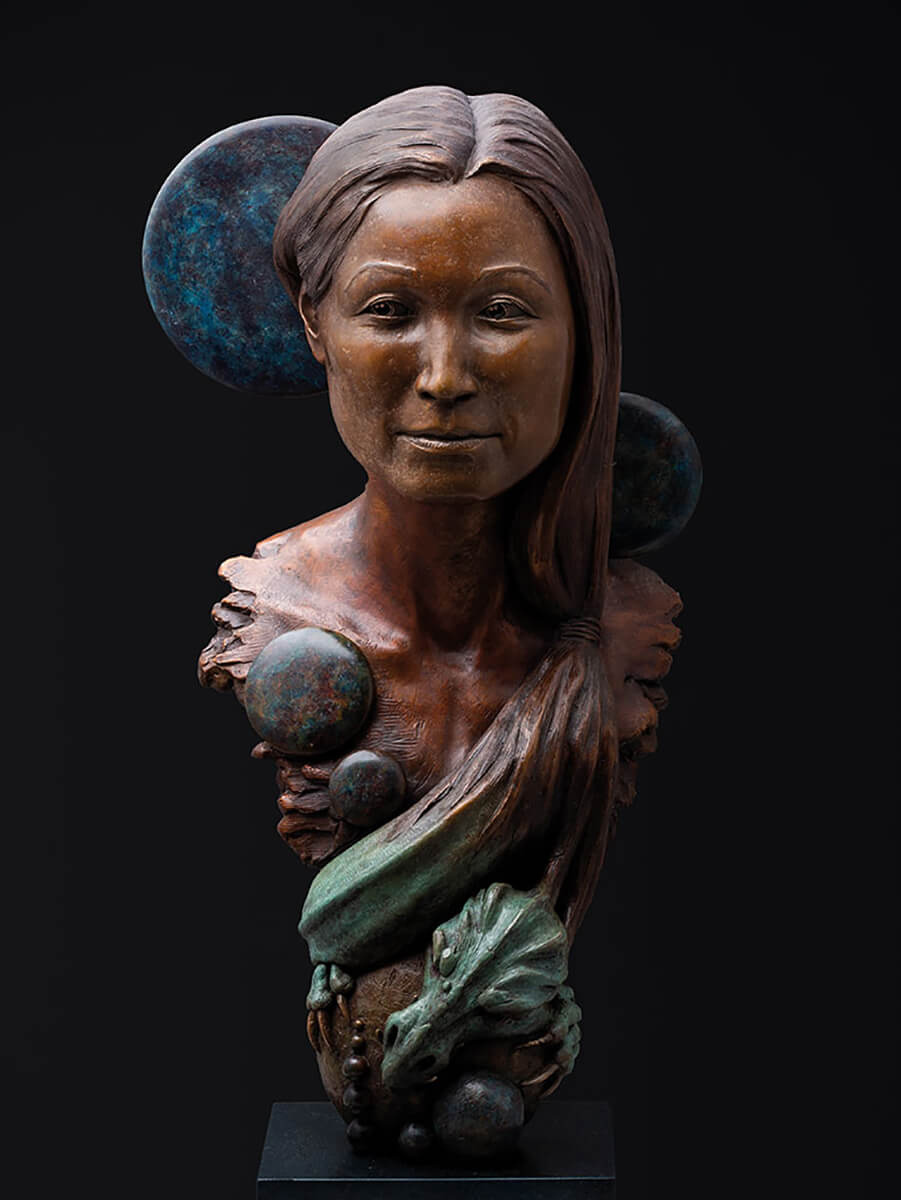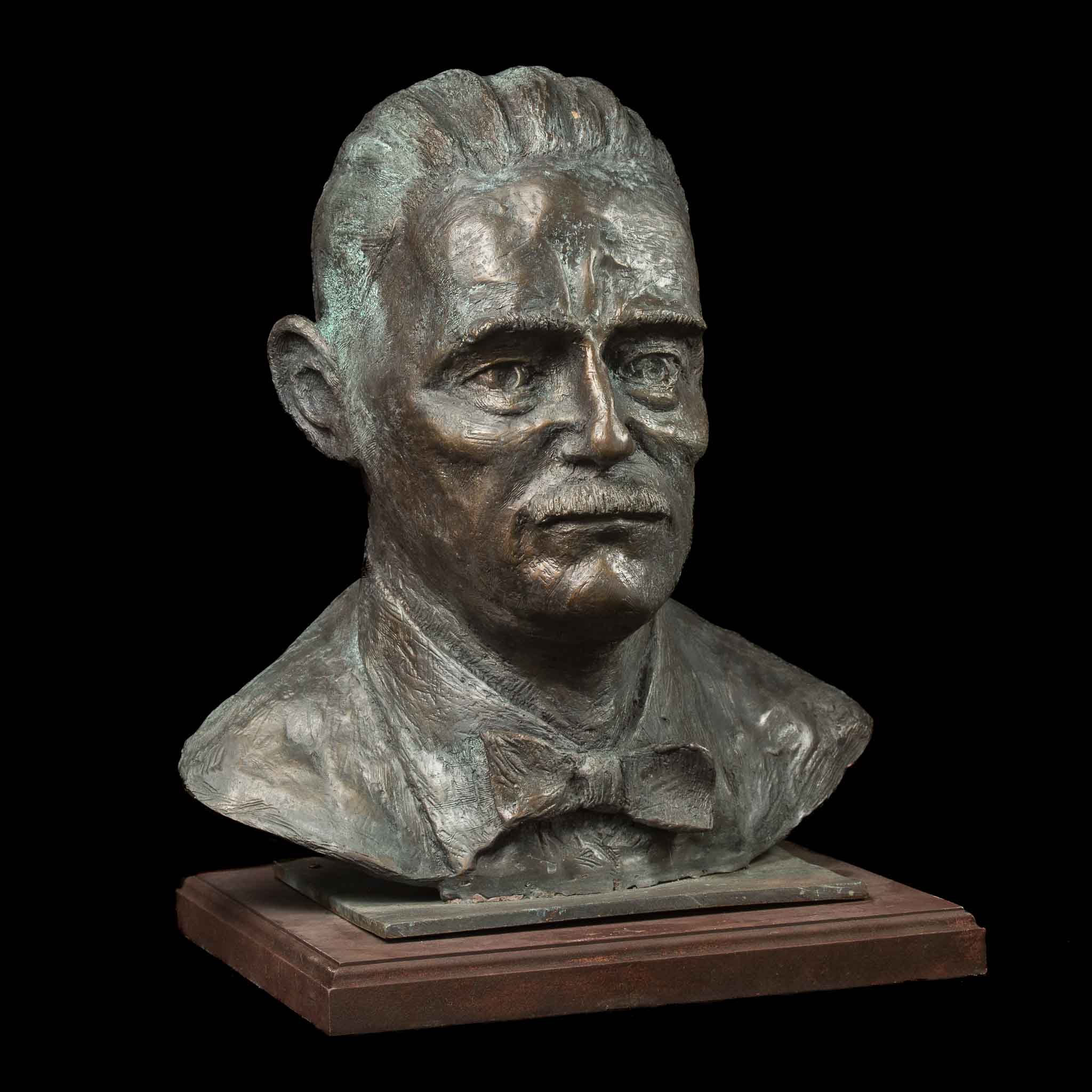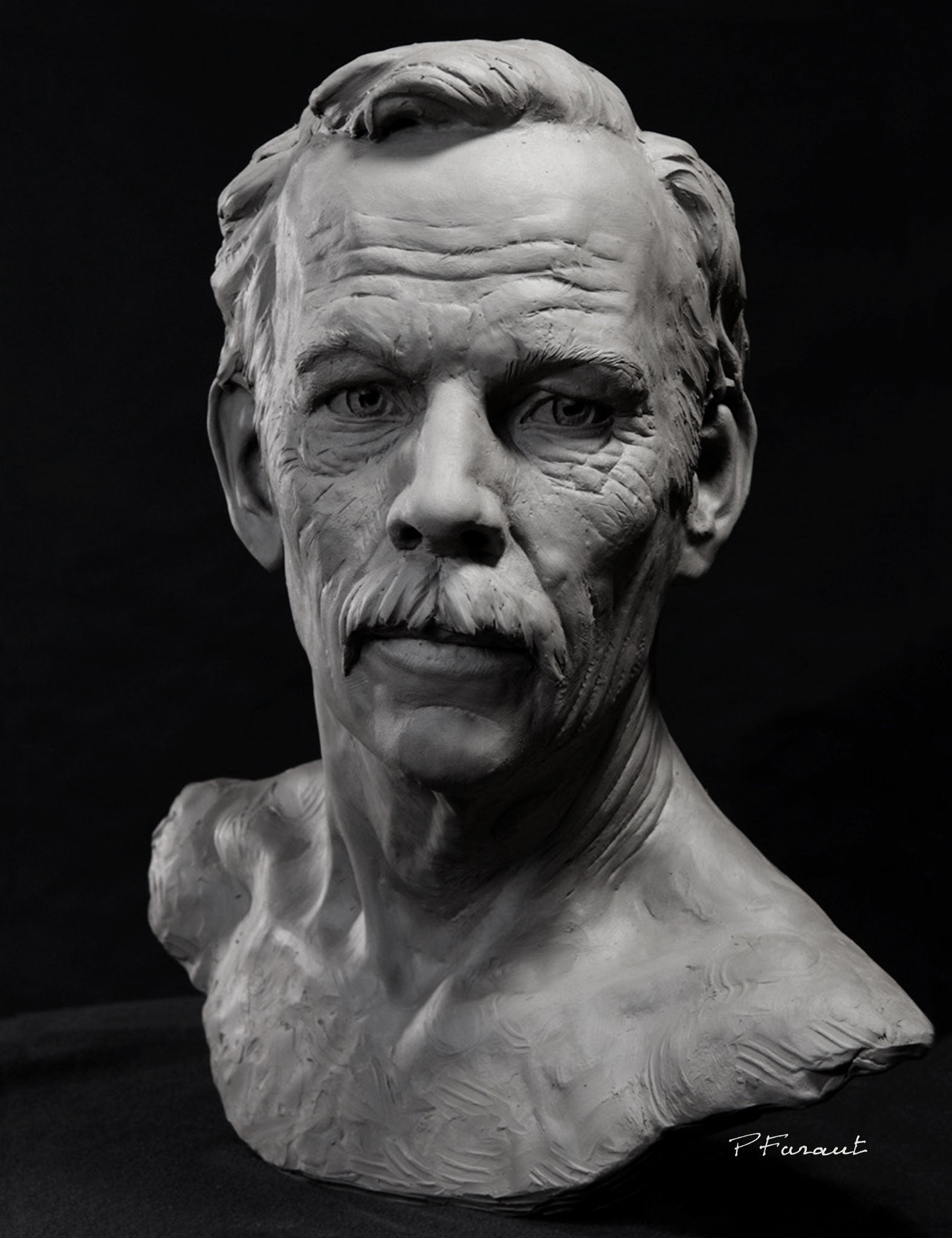Contemporary Marvels: Dive into the Globe of Contemporary Sculptures
Wiki Article
The Influence of Nature in Sculpture Art
The influence of nature in sculpture art is a topic that has actually astounded artists throughout background. From old human beings to contemporary musicians, the natural globe has worked as a profound source of motivation. This influence appears in the organic types and forms that are often found in sculpture, mimicking the curves and shapes of nature. Carvers likewise explore appearance and products in their work, looking for to recreate the responsive high qualities of the environment. Symbolism of natural environments is one more way in which nature influences sculpture, as musicians imbue their developments with the significance and associations inherent in these components. The atmosphere itself, with its landscapes, flora, and animals, is typically reflected in sculptures, using a link to the globe around us. Eventually, sculpture art has the power to capture the transience of nature, freezing a moment in time and permitting us to appreciate its elegance .Organic Forms and Shapes
Organic kinds and forms, influenced by the complex patterns and unified structures located in nature, play a crucial duty in the world of sculpture art. Carvers have long been captivated by the beauty and intricacy of the environment, discovering inspiration in the graceful contours of a seashell, the delicate petals of a blossom, or the turning branches of a tree. By mimicing and abstracting these natural kinds, artists are able to develop sculptures that stimulate a sense of harmony and balance.Among the factors organic forms and forms are so prevalent in sculpture art is their capability to connect with visitors on a deep psychological degree. The environment recognizes to us all, and when we see these kinds stood for in art, it elicits a sense of comfort and recognition. It reminds us of our place in the grand plan of points and allows us to get in touch with something more than ourselves.
Moreover, organic types and forms in sculpture art frequently symbolize a feeling of movement and power. The streaming lines and vibrant compositions resemble the constant movement and development discovered in nature. This produces a sense of vitality and brings sculptures to life, making them appear as if they can remain to evolve and transform prior to our eyes.
Appearance and Material Exploration
A considerable element of sculpture art affected naturally is the expedition of appearance and products through making use of various techniques and mediums. Musicians commonly attract inspiration from the diverse structures located in the natural globe, such as the harsh bark of a tree, the smooth surface of a stone, or the intricate patterns on a fallen leave. By integrating these appearances into their work, carvers can develop a tactile experience for viewers, inviting them to involve with the art work on a sensory degree.Texture can be accomplished in sculpture with a selection of techniques. Some musicians select to sculpt or sculpt directly into the picked product, developing a three-dimensional surface that imitates the appearances found in nature. Others may utilize methods such as molding or casting to capture the information of organic textures. In addition, artists may experiment with different materials, such as timber, rock, steel, or clay, each offering its very own special texture and aesthetic appeal.
Product expedition is additionally a substantial component of sculpture art influenced naturally. Artists might venture into uncharted area, choosing brand-new products that stimulate the significance of the environment. As an example, they may incorporate natural environments like branches, leaves, and even dirt right into their sculptures, obscuring the limits in between art and the atmosphere. Portrait Sculptor. By pushing the borders of conventional materials and techniques, artists can produce conceptually abundant and visually spectacular works that commemorate the appeal and variety of nature.
Symbolism of Natural Environments
The consolidation of natural aspects in sculpture art includes a layer of importance and deepness to the art work. By using materials located in nature, sculptors are able to imbue their creations with meaning that resonates with visitors on a profound level. Natural environments such as timber, stone, and plants have been used throughout history to share different symbolic messages.Timber, for instance, frequently represents toughness, strength, and growth. Sculptures crafted from this material can evoke a feeling of connection to the planet and the cycles of life. Rock, on the various other hand, is usually connected with permanence and endurance. Sculptures carved from stone can symbolize the timeless nature of particular concepts or concepts.
Flowers and plants are additionally frequently integrated into sculpture art, representing styles of elegance, development, and revival. The fragile petals and vibrant shades of blossoms can stimulate feelings of joy, while the linking branches of plants can symbolize interconnectedness and unity.
Along with these natural materials, artists might also use natural aspects such as fire, water, or wind to even more boost the symbolic message of their artwork. These elements can stand for the transformative power of nature, the flow of time, or the pressures that shape our globe.

Reflections of the Atmosphere
Representations of the Environment can be seen in sculpture art via the consolidation of natural elements and the representation of ecological themes. Artists commonly attract inspiration from the setting, utilizing site web products such as wood, stone, and even recycled products to produce their artworks. By utilizing these natural components, they not just admire the environment yet likewise create a stronger connection in between the artwork and its environments.In addition to the materials made use of, sculpture art likewise shows the environment through the portrayal of eco-friendly themes. Several artists select to illustrate animals, plants, or landscapes in their work, highlighting the charm and fragility of the environment. These sculptures act as suggestions of the significance of protecting our setting and the need for lasting methods.

Moreover, environmental sculptures often intend to elevate understanding about pressing ecological problems. They serve as graphes of the impact of human tasks on the atmosphere, such as environment, deforestation, or pollution adjustment. By portraying these issues in their art work, carvers intend to influence customers to do something about it and become much more conscious of their own ecological impact.
Catching the Transience of Nature
Sculpture artists additionally explore the influence of nature by skillfully capturing the ever-changing and ephemeral elements of the environment. Through their artistry, these musicians aim to illustrate the fleeting appeal and transience of nature, evoking a sense of wonder and contemplation in viewers.One method which sculpture musicians record the transience of nature is by making use of products that are themselves subject to decay and adjustment. As an example, musicians may choose to function with natural materials such as leaves, blossoms, or timber, which normally deteriorate over time. This deliberate option highlights the brevity of nature and reminds us of the unpreventable cycle of life and death.
Furthermore, sculpture musicians frequently use methods that create a feeling of activity and fluidity in their job. By incorporating moving lines and vibrant types, they convey the ever-changing nature of the environment. This can be seen in sculptures inspired by wind, water, or the development of plants, where the artist looks for to capture the essence of continuous activity and change.
Moreover, some artists choose to develop temporary or site-specific installations that communicate with the setting. These ephemeral sculptures, made from products such as ice, sand, or light, are purposefully created to slowly alter or disappear gradually. By welcoming the short-term nature of their creations, musicians welcome audiences to mirror on the short lived elegance of the natural world and the impermanence of human presence.

Conclusion
Finally, nature has a profound influence on sculpture art. With the usage of organic forms and shapes, artists are able to stimulate a feeling of natural charm and consistency. Texture and material expedition further improve the link to nature, as musicians commonly integrate all-natural products right into their sculptures. Meaning of natural aspects includes deepness and indicating to the artwork, while representations of the atmosphere capture the significance of nature. Inevitably, sculpture art catches the transience of nature and celebrates its everlasting impact.
Symbolism of all-natural elements is an additional way in which nature affects sculpture, as artists imbue their creations with the meaning and organizations inherent in these elements.A considerable element of sculpture art affected by nature is the expedition of structure and materials via the usage of different strategies and tools (Equine Sculptures).Material exploration is also a significant component of sculpture art affected by nature.One way in which sculpture musicians record the transience of nature is by making use of products that are themselves subject to decay and change. Texture and product exploration additionally boost the connection to nature, as musicians typically include all-natural products into their sculptures
Report this wiki page